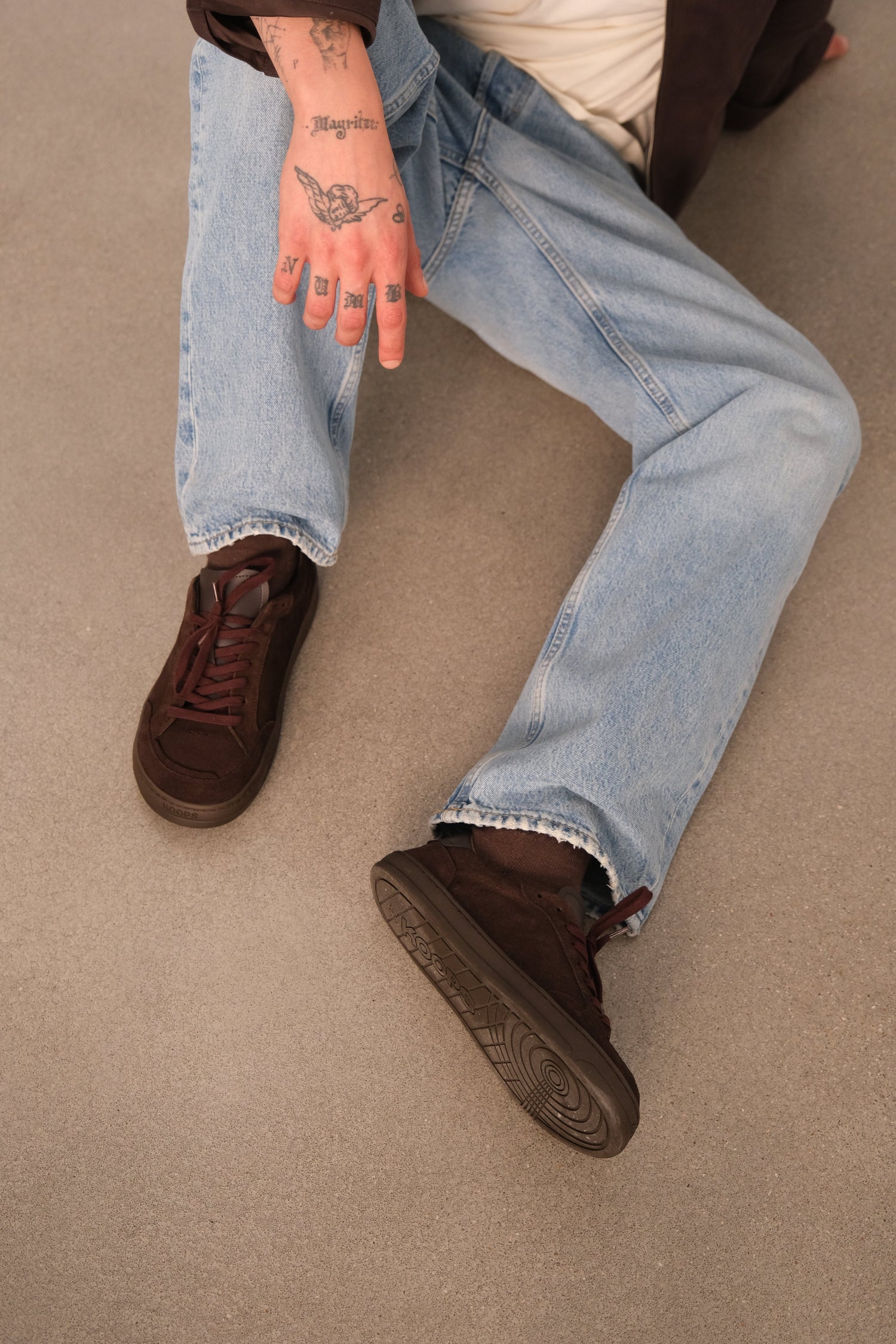Plantar Fasciitis Remedies
What Plantar Fasciitis Is and How to Identify It
Plantar fasciitis is one of the most common causes of heel and arch pain. It occurs when the plantar fascia — the strong band of tissue that connects the heel to the toes — becomes irritated or inflamed. Symptoms often appear gradually: morning heel pain, stiffness in the arch, or discomfort that increases after long periods of standing or walking. Recognizing these early signs helps prevent the condition from becoming chronic.
Most Common Causes of This Inflammation
This condition typically results from repetitive stress on the foot. Limited ankle mobility, tight calves, high-impact activities, poor posture, or spending many hours standing can all contribute. Footwear with elevated heels, narrow toe boxes, or rigid soles also increases tension on the plantar fascia. Over time, these factors overload the tissue and trigger inflammation.
Home Remedies That May Help Relieve the Pain
Several simple habits can help reduce symptoms at home. Applying cold therapy after activity helps calm inflammation. Gentle stretching of the calves and the sole of the foot reduces tightness, especially first thing in the morning. Rolling the foot over a soft ball or a frozen bottle can provide immediate relief. Resting from high-impact activities and choosing softer surfaces for walking can also make a difference.

Common Mistakes When Treating Plantar Fasciitis
One of the most frequent mistakes is relying on overly cushioned or rigid footwear, which may temporarily mask pain but often increases long-term tension. Ignoring mobility work, stretching too aggressively, or continuing high-intensity exercises despite discomfort can worsen symptoms. Another common error is focusing only on the heel when the entire chain — calves, ankle, and even hip mechanics — plays a role in recovery.
Gentle Exercises to Improve Foot Mobility
Slow, controlled movements can significantly improve mobility and reduce tension. Toe flexion and extension, ankle circles, and light stretching of the plantar fascia encourage proper tissue function. Strengthening exercises, such as lifting a towel with the toes or practicing short periods of barefoot movement on soft surfaces, help activate the intrinsic muscles of the foot and improve stability.
How to Choose Footwear That Won’t Worsen the Condition
The right footwear can either alleviate or intensify plantar fasciitis. Avoid shoes with high heels, rigid soles, or narrow toe boxes, as these restrict natural movement and increase tension. Choose shoes with a flat (zero-drop) sole, flexible materials, and enough room for the toes to expand. These features reduce strain along the plantar fascia and promote healthier mechanics.

Benefits of Barefoot Footwear in Cases of Plantar Fasciitis
Barefoot footwear encourages a more natural walking pattern. Its flexible design allows the foot to move freely and distribute pressure evenly. The zero-drop structure supports a neutral posture, while the wide toe box allows natural toe splay, which reduces tension in the plantar fascia. For daily comfort and gradual strengthening, explore our selection of barefoot adult.
When to Seek Professional Help
If pain persists for several weeks despite adjusting habits and footwear, it is advisable to visit a specialist. Persistent sharp pain, swelling, or difficulty walking may indicate a more advanced stage of inflammation. Early evaluation can prevent long-term issues and ensure more effective treatment.






